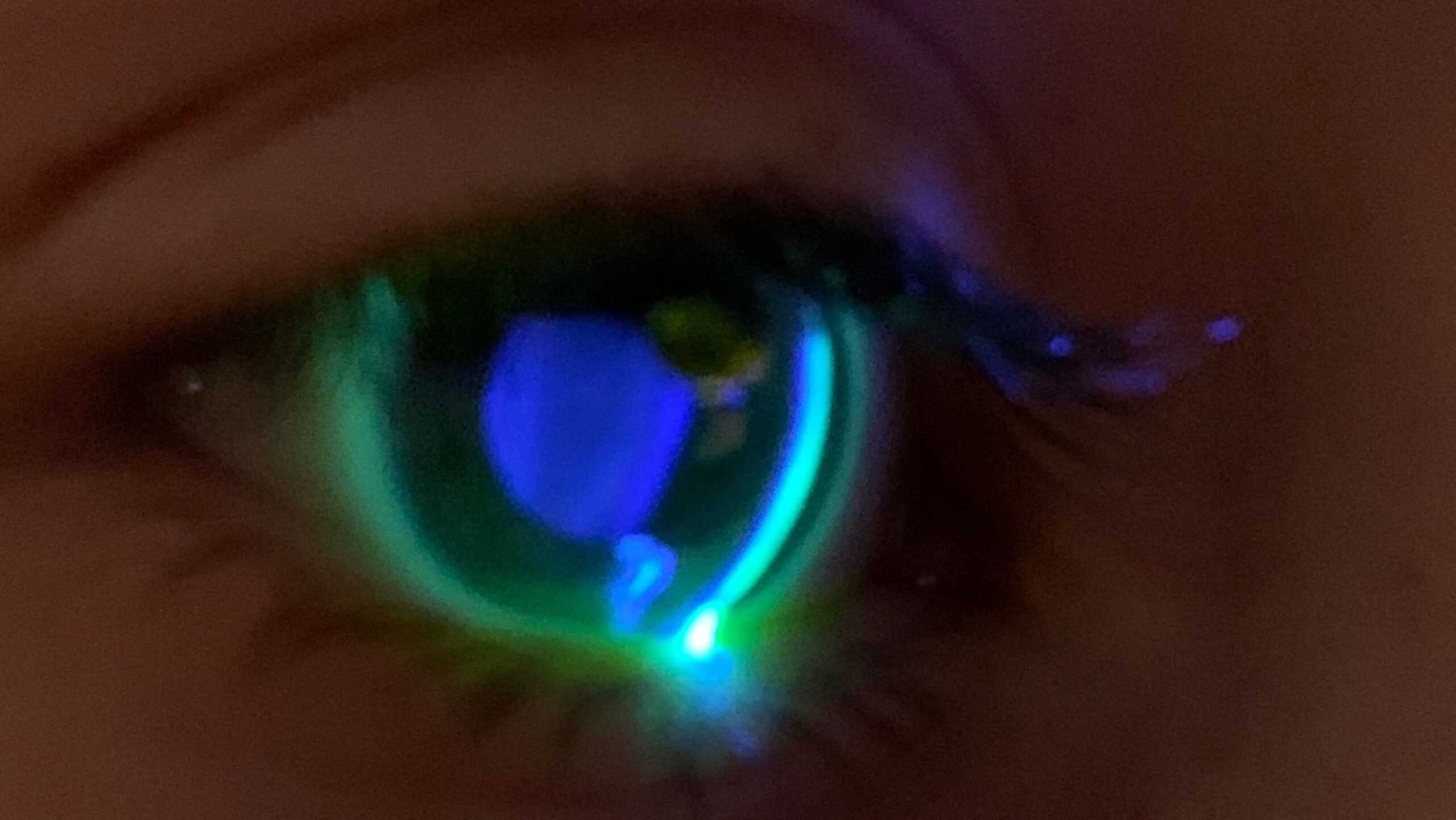
Do you suffer from dry, gritty eyes? Do you have trouble producing quality tears? Dry Eye or keratoconjunctiva sicca is an ocular surface disease that often goes untreated causing glare and halo vision that can progress to overall decreased vision. When the eye does not make sufficient tears to lubricate and nourish itself the cornea which is composed of millions of nerves is left exposed causing discomfort and pain ranging from mild to severe.
Dr. Ericksen takes a thorough health and lifestyle history reviewing factors including the natural aging process, extended contact lens wear, medical conditions and medicines that may exacerbate the symptoms. Before creating a case based treatment plan, a detailed anterior segment evaluation is conducted.
- The front of the eyes is examined using a special microscope, called a slit lamp
- The amount of thickness of the tear film is inspected
- The stability of the tear film is assessed by checking the tear breakup time
- The conjunctiva is examined to determine if it is too dry
- The cornea is evaluated to see if it has dried or damaged spots or swelling
- Meibomian gland structure and function are graded
Dry Eye Disease may be a result of:
- An autoimmune disease, such as Sjögrens Syndrome, rheumatoid arthritis, lupus, natural aging, pregnancy, vitamin deficiencies, wearing contact lenses, sinus ailments, makeup use, false eyelashes, or allergies
- Some medications, such as oral contraceptives, hormone replacement therapies, antihistamines, sedatives, anti-depressants, isotretinoin for acne, anti-hypertensives, and medications to treat benign prostate hyperplasia
- Some medical treatments, such as chemotherapy, radiation or corneal surgeries
- Overexposure to smoke, sun, wind, smog, air conditioners, forced air-heat and hair dryers may aggravate a dry eye problem.
